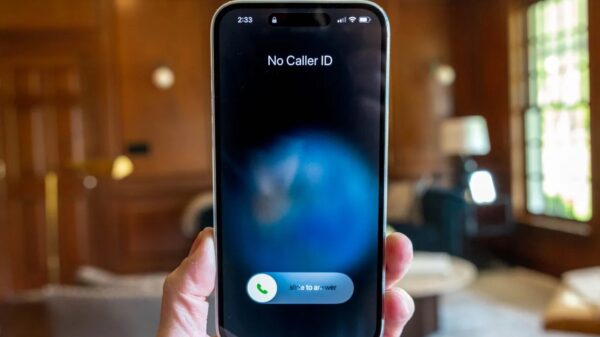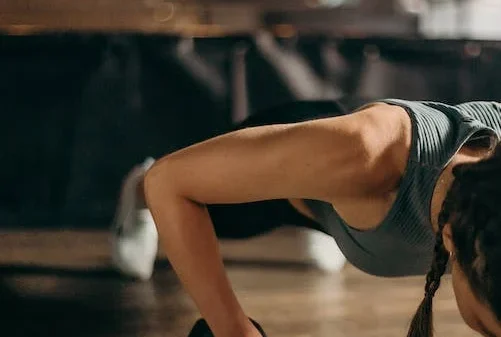Unconventional advice fitness pros won’t tell you
When planes began returning to base riddled with bullet holes during WWII, the US Army Air Forces (USAAF) knew it had a problem.
How could they shore up the planes to better protect the crew?
The brightest minds at the USAAF immediately began looking for ways to reinforce the damaged areas.
They studied the areas riddled with bullet holes, particularly the wings and tail.
That is until Abraham Wald, a statistician and mathematician, made a key observation — they were only looking at the damage on returning planes.
They hadn’t factored in damage inflicted on planes that failed to return.
He proposed bolstering the armor where there were no hits, like around the engines and the cockpit. Unlike the tail, body, and wings, these areas were extremely vulnerable. Planes hit there never made it back to base to have their damage charted out.
This story illustrates the concept of survivorship bias. Survivorship bias is the logical error of concentrating on the people or things that made it past some selection process and overlooking those who did not, typically because of their lack of visibility.
We see this concept every day in the fitness world. Trainers and influencers post their most dramatic transformations. Implied are the words follow me, and you can look like me. When something goes wrong, they blame YOU. Worse, you blame yourself.
Modeling Fitness Success on a Handful of Outliers
I spent years as a nutrition coach for an online macro coaching company. Here’s a dirty little secret. They stay in business by sheer numbers. Take this example. Say 1,000 people sign up on Jan. 1, 500 quit by the end of the first month, 200 by the end of the second month, and another 100 by the end of March. Sound like a sustainable business model? It isn’t.
They have to recruit new people to sign up continually, so the coaches find ten shining examples of clients who lost weight and have great-looking transformation profiles. They plaster those success stories all over social media. You’re scrolling and see a “before and after” picture that makes you stop in your tracks. You sign up right then with the idea this program will coach you to your fitness goals.
More people come in the door, while hundreds are quietly exiting. Comparing ourselves to the handful of people who may have just gotten lucky, have great genes, or do something not disclosed can harm our mental health by providing unrealistic expectations.
Behind every success story, you’ll find:
- someone who got injured
- someone who couldn’t make the meal plan work because it didn’t fit with their hectic lifestyle
- someone who lost weight only to gain it back (i.e., Biggest Loser contestants)
- someone who got sick or needed surgery
The list goes on. Yet, when the program fails, you’re to blame. You didn’t have enough willpower. You didn’t work out hard enough. You blew it.
Move Past Survivorship Bias
Once you realize the images you see on social media are the exception and not the rule, you can make more informed decisions on what program or lifestyle changes will work for you.
Look past the planes that made it back to base and start examining the ones that didn’t. What was it that let them down? Was the diet too strict? Did it leave them weak and exhausted? Were the workouts overly demanding, leading to fatigue and injury?
Is it possible a more moderate diet and exercise program could achieve the same results? Fitness culture is famous (or infamous) for its hustle harder culture. Do more. Go harder. But if you’re working a full-time job, managing a household, taking care of aging parents, etc., spending two hours a day exercising is unrealistic.
Success for you might mean not doing what I do. I work from home and am privileged enough to go to the gym in the middle of the afternoon. I can reasonably workout 5–6 days a week. I’ve also been training for two decades. If you’re starting, you shouldn’t do what I’m doing. You need a program that focuses on the time you have available and your current level of fitness.
If you’re working with someone who doesn’t look at you as an individual with needs and challenges all your own, run. That person will push their idea of the perfect plan on you. They’ll take what worked for one person and apply it to everyone.
Fad diets and celebrity cleanses feed on survivorship bias. Be courageous and know your limitations. Find someone who will work with them to make sure you succeed.
What Can You Do?
Forget about the guy with six-pack abs (training could be his full-time job). Find your weaknesses (those places that bring the plane down if they’re hit) and work to reinforce them. Here are the main areas I see that need the most attention:
Meal planning and prep
If you’re consistent with sticking to a training regimen but fall victim to fast food runs because you don’t have anything ready at home, then start here. No amount of 12-week miracle training programs will fix this problem. Set aside time on Sunday afternoon to prepare protein (I like to grill chicken breasts), go to the grocery store and plan your meals for the week.
When you cook, make extra and store the leftovers for lunch the next day. If you log your food, enter it the night before you’re going to eat it, so you don’t have to make any decisions when you’re hungry or tired.
Time for exercise
You may have meals on lock. If so, you don’t need to buy a meal planning guide or copy someone’s recipes. I have a client who never eats out (for budgetary reasons) but has trouble staying consistent with exercise.
Hire a trainer or coach, find a friend or use a loved one as your accountability partner. I know one person who hated working out at home so much, she gathered a group to do Zoom workouts together. She knows if she misses, she’s letting the group down. If someone is counting on you, you’ll show up.
Consider scheduling your exercise on your calendar. If you don’t have an hour, try exercise snacks. Take 10 minutes every couple of hours to do some pushups, situps, squats, or other bodyweight exercises. Walk or run up and down the stairs a few times.
Unsure what to do
If you’re a beginner, it’s fine to start slow. A mixture of walking and resistance exercise will work great. If you don’t have access to a gym, you can Google at-home bodyweight workouts or look into apps like Apple Fitness+ or Peloton (you don’t have to have the bike or treadmill).
If you want to learn your way around a gym:
- Consider hiring a trainer to show you the ropes.
- Have them design a program you can do on your own.
- Focus on learning the correct form before going heavy.
Figure out the basics first. Get enough sleep. Reduce stress. Eat more fruits and vegetables.
Mindset
Perhaps the spot that keeps your plane from making it back to base is between your ears. You could have the perfect exercise program and eat well most of the time but quit when you don’t see progress fast enough. There are no quick fixes or miracle pills.
Those who are most successful in losing weight and keeping it off play the long game. This isn’t saying you’re to blame when a diet fails or a new exercise regimen doesn’t provide the promised results. It means you may be using excuses or lack of motivation to keep you tied to the couch.
Social Situations
Before the pandemic, Friday night margaritas were my downfall. I could make it all week only to drink hundreds of calories and then gorge on junk food. Post pandemic, I found myself drinking far more because there wasn’t much else to do.
If alcohol is an issue, find ways to reduce the impact. Drink more water. I traded margaritas for vodka and soda with lime to reduce the calories. I also eat some protein before hanging out with friends. I’m less likely to dig into appetizers since I’m not starving when I arrive.
Final Thoughts
Years ago, an ad ran with a super fit mom and her three young children sitting around her. The tag line read, “What’s Your Excuse?” It’s made to make you feel like you’re the problem. Three young children are no reason to hang on to the baby weight. It’s B.S.
Shame and guilt never led to lasting change. You can’t hate yourself lean. Maybe she worked out her entire pregnancies, and you couldn’t for medical reasons. Perhaps you’re just starting to get in shape. You have no idea what she went through to look like that.
Don’t let survivorship bias make you feel less than. Don’t do what I do. Do what will work for you.
Source : Medium




















































You must be logged in to post a comment Login